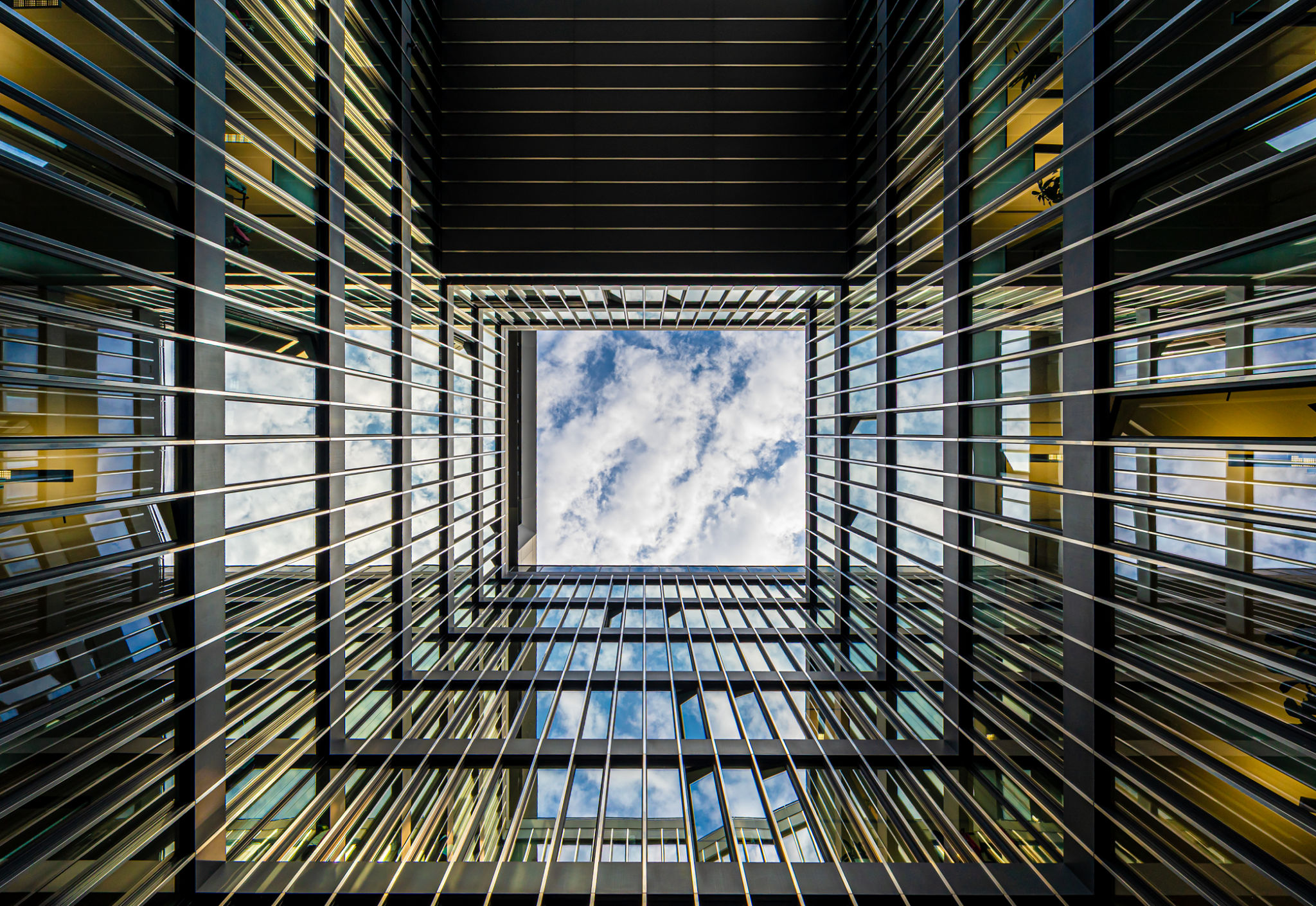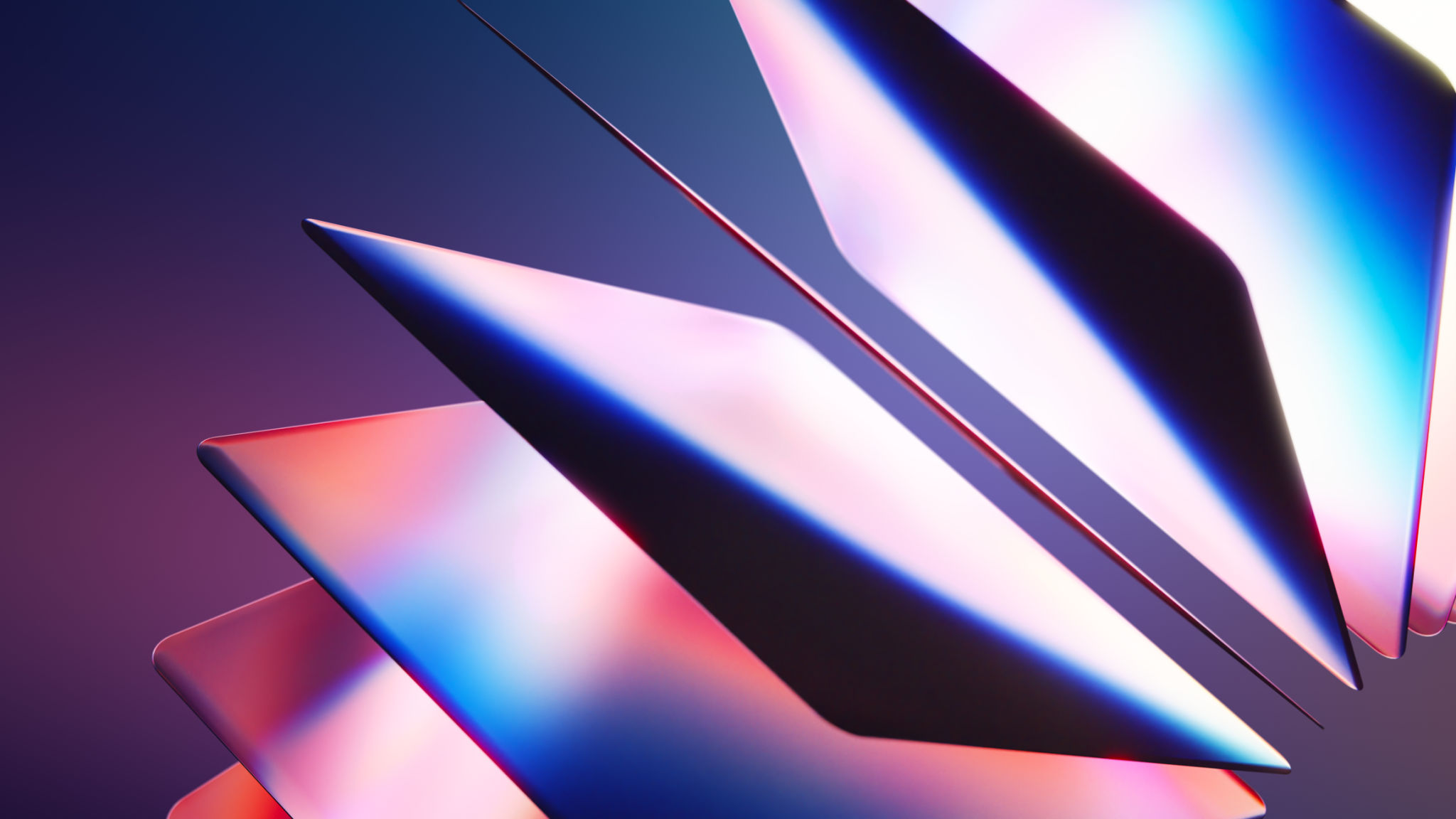Exploring the Latest Trends in Glass Design and Technology
Innovative Glass Materials
In recent years, glass has evolved beyond its traditional uses, thanks to the introduction of innovative materials. One of the most exciting developments is the creation of smart glass, which can change its transparency with the touch of a button. This technology not only offers greater privacy but also enhances energy efficiency by controlling the amount of light and heat that enters a building.
Another groundbreaking material is ultra-thin glass, which is flexible yet incredibly strong. This type of glass is being used in various applications, from electronic displays to advanced optics. As these materials continue to evolve, they are opening up new possibilities for architects and designers.

Advanced Manufacturing Techniques
The way glass is manufactured has seen significant advancements as well. Modern techniques such as 3D printing and laser cutting allow for precise and intricate designs that were previously impossible to achieve. These methods not only enhance the aesthetic appeal of glass products but also improve their functionality and durability.
Moreover, the use of recycled materials in glass production is gaining traction. This sustainable approach reduces waste and energy consumption, making the glass industry more environmentally friendly. As consumers become more eco-conscious, this trend is likely to grow and influence design choices.

Innovative Applications in Architecture
In architecture, glass is being used in increasingly creative ways. From stunning glass facades to entire structures made primarily of glass, the material's versatility is on full display. One popular trend is the use of glass to create seamless indoor-outdoor experiences. Large glass panels and sliding doors are used to blur the lines between interior and exterior spaces, maximizing natural light and views.
Furthermore, advances in structural glass technology have enabled the construction of impressive features like glass bridges and floors. These elements add a dramatic touch to architectural designs, emphasizing transparency and openness.

Technological Integration
The integration of technology into glass design is another exciting trend. Smart mirrors with embedded displays can provide real-time information, while interactive glass surfaces are being developed for use in retail and hospitality settings. These innovations are transforming how we interact with our environments, making them more dynamic and responsive.
In addition, augmented reality (AR) technology is being incorporated into glass products, offering immersive experiences for users. This can be particularly beneficial in sectors like education and training, where AR-enhanced glass can provide valuable insights and information.

The Future of Glass Design
As we look to the future, the potential for glass design and technology seems limitless. Continued research and development are expected to yield even more sophisticated materials and applications. The ongoing focus on sustainability will likely drive further innovation in eco-friendly glass solutions.
For designers and architects, staying abreast of these trends is essential to harnessing the full potential of glass in their projects. By embracing cutting-edge materials and technologies, they can create spaces that are not only beautiful but also functional and sustainable.

Conclusion
In conclusion, the latest trends in glass design and technology are reshaping industries across the board. From innovative materials and manufacturing techniques to futuristic applications in architecture and technology integration, glass continues to evolve in exciting ways. As these trends mature, they promise to unlock new possibilities for creativity and functionality, making it an exciting time for professionals in the field.
